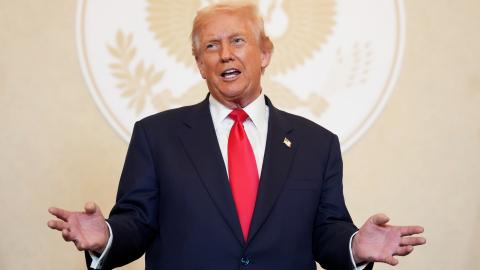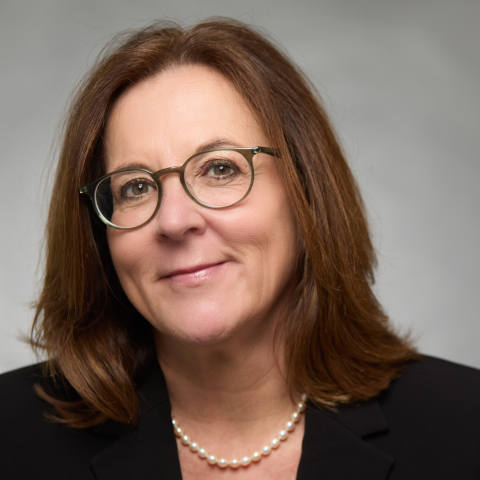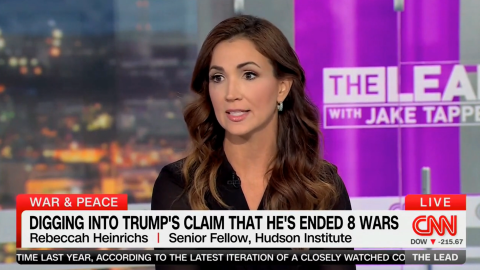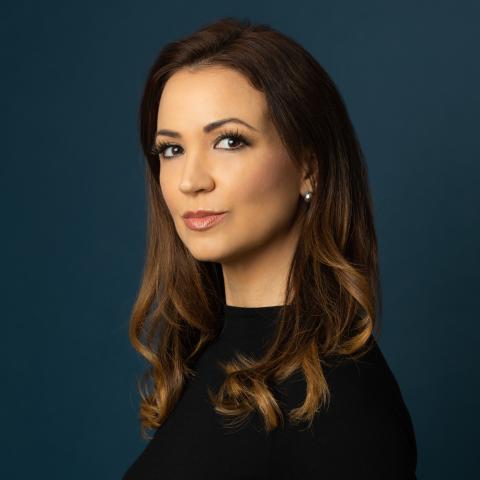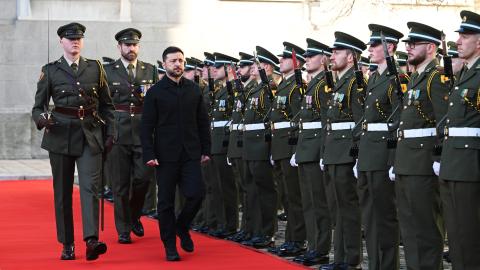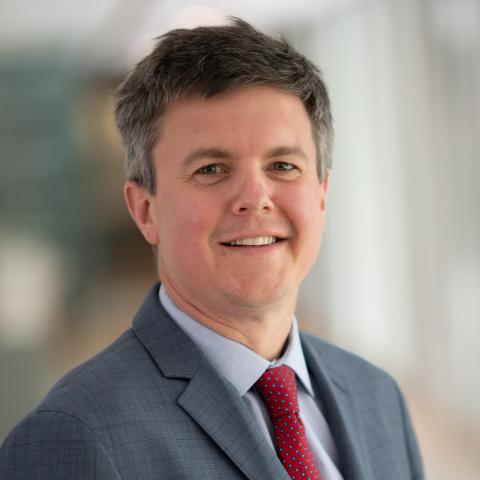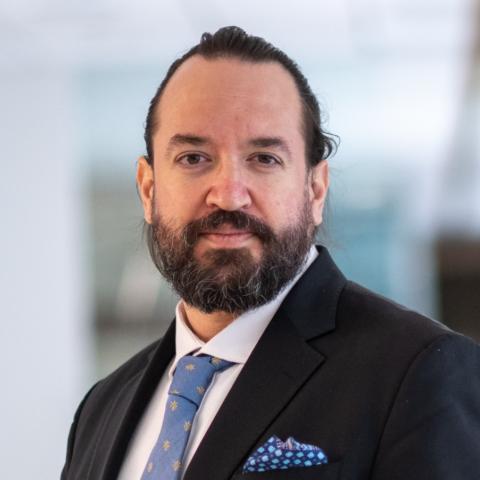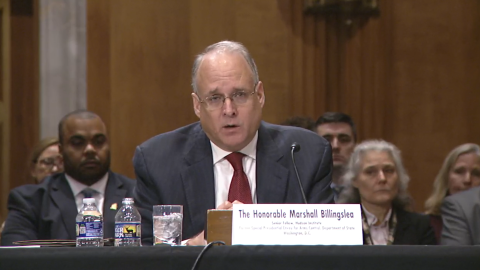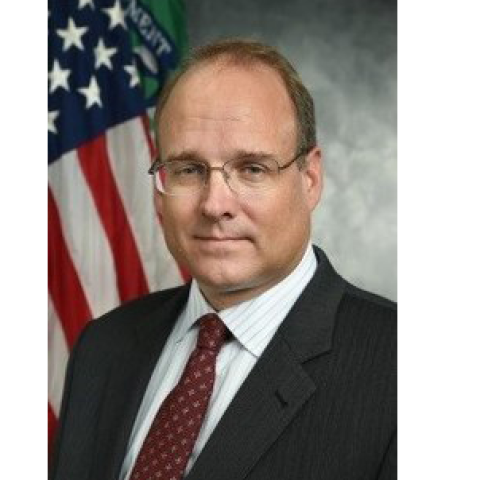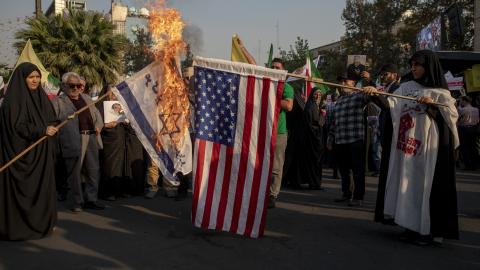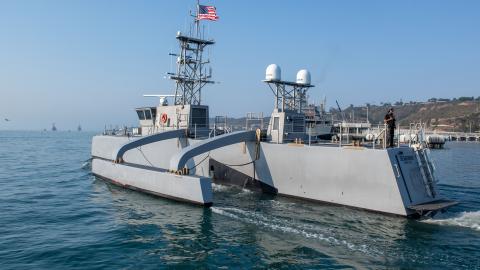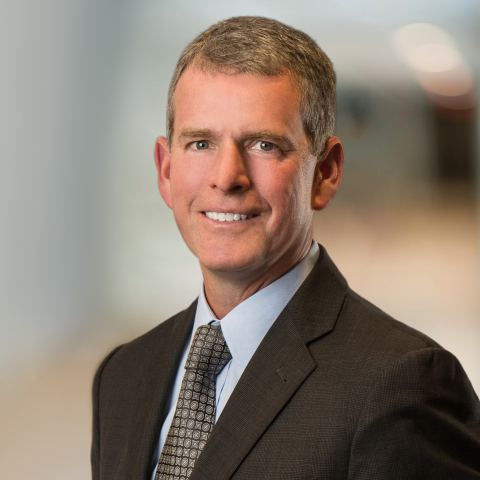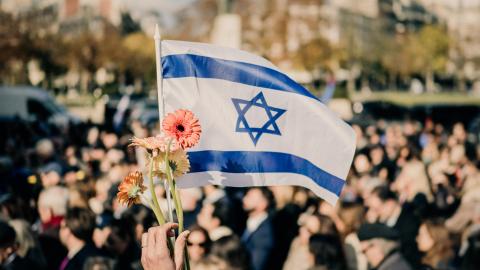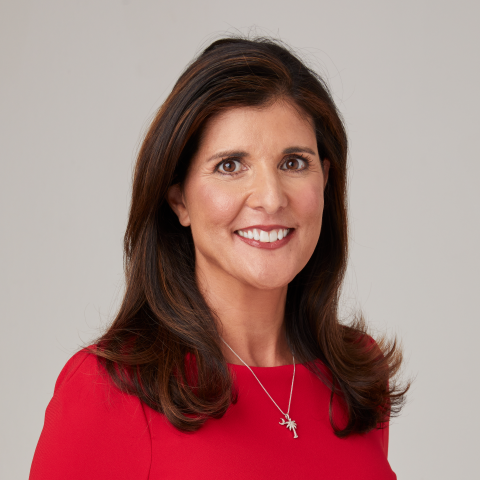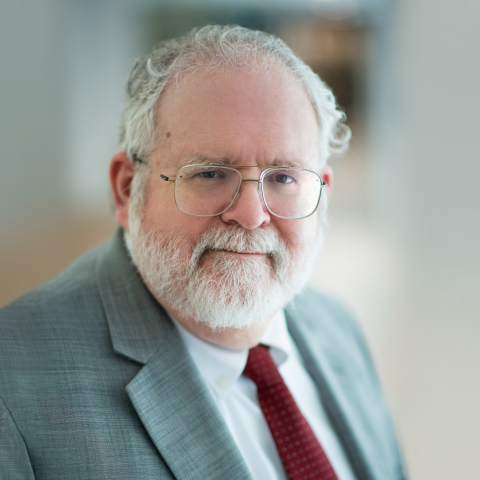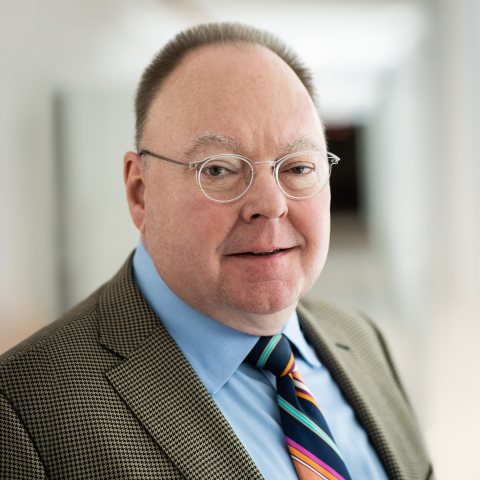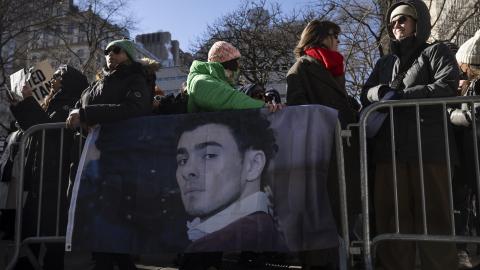Eras creep in and taper off without clear demarcation; only in retrospect can we classify a single event as the beginning of one or the end of another. With the two assassination attempts on Donald Trump as well as the successful hits on United Healthcare CEO Brian Thompson and conservative activist Charlie Kirk, we must now ask whether a new era of assassinations is upon us, an era comparable to the one that gripped the country between 1963 and the early 1980s.
The assassination of JFK in November 1963 shocked America to its core. The America of 1963 did not need a “visual” to be shocked; it would be nearly 12 years before the public got a chance to see the “Zapruder film,” the grainy, black-and-white home movie of Kennedy’s last moments as his motorcade passed the Texas School Book Depository in Dallas and an assassin’s bullet tore through his skull. The mere notion that anyone might kill the president of the United States was itself borderline unthinkable—in a way, perhaps, even for those charged with the safety of the president. Riding in the back of a limo open to the air was as normal for presidents and politicians in its day as it has been unthinkable ever since.
That kind of weird innocence persisted in the immediate wake of the assassination. The authorities quickly located the assassin and arrested Lee Harvey Oswald. They could not imagine that the open way they disclosed plans about Oswald’s movements in custody would provide an opportunity to a man with a gun and murderous intent to get so close. Photographers were on hand to capture Jack Ruby firing a single shot at close range. The best-known image of Lee Harvey Oswald is the one in which he is already dying—a split second after being hit, a stunned expression on his face and his mouth slightly agape.
With a president and his assassin both dead, the conclusion of investigative commissions that Oswald was “a lone gunman acting alone” instantly had to vie with numerous other scenarios that emerged from elaborate chains of speculation. And does, to this day. We are used to writing off such speculation by invoking the term “conspiracy theory,” which is a way of dismissing those who challenge widely accepted accounts of the supposed facts of a situation. But throughout history, assassinations have more often than not been conspiracies. While some American killers—like “disappointed office seeker Charles Guiteau,” who shot President James Garfield because he didn’t get a patronage job—did the job themselves, John Wilkes Booth was not “acting alone” when he assassinated Lincoln, just as Brutus was the leader of a conspiracy to murder Julius Caesar.
Only 49 years before JFK was killed, numerous conspiring individuals with bombs and guns had stationed themselves on Archduke Franz Ferdinand’s path through Sarajevo in 1914 before Gavrilo Princip got him, setting World War I in train. Puerto Rican nationalists worked together to try and assassinate Harry Truman in 1950. Thus it was hardly irrational to inquire into the possibility of a conspiracy, especially since Oswald was a known Communist who had defected to the Soviet Union five years earlier before giving up and returning to the United States. Law enforcement always considers the possibility that more than one person is involved in a difficult-to-solve murder and sometimes finds a conspiracy at work. When the conclusion is otherwise, as it was with the Warren Commission’s finding in the Oswald case, it’s an easy leap for conspiracy-hunters to conclude that law enforcement must have been in on it.
The impact of the JFK assassination and its presence in our common cultural conversation did not wane over time, in part because assassinations and political violence started to become commonplace in its wake. It was the first in a series of high-profile murders or assassinations, or attempts thereof, that persisted for more than two decades.
The Kennedy assassination marked the turn as well to a period of volatility in American politics in a bizarre conflation of the civil rights movement, campus protest, early feminism, a new intellectual radicalism, and the escalation of and mounting opposition to the war in Vietnam—as well as resistance to all these trends.
There had even been a prologue to the Kennedy assassination some months before in 1963: the assassination of civil rights activist Medgar Evers, the NAACP’s field officer in Mississippi. Evidence pointed to a member of the Ku Klux Klan, who in 1964 was charged and brought to trial. All-white juries hung twice, letting him go free. (In a controversial retrial in 1994, a mixed-race jury convicted Byron De La Beckwith of the murder.)
After Kennedy, the next high-profile American assassination was that of the militant black nationalist Malcom X, in 1965. This was indeed the product of a conspiracy. Multiple gunmen opened fire on him as he was about to give a speech. In this case, however, the deed was a product of an internecine struggle, since the perpetrators were members of the Nation of Islam, from which Malcom X had grown increasingly estranged in recent years.
The impression of the 1960s as an assassination spree solidified with the slayings of civil rights giant Martin Luther King Jr. in April 1968 and, mere months later, President Kennedy’s brother and former Attorney General Robert F. Kennedy, then himself a presidential candidate.
James Earl Ray, whose racist views were unconcealed, shot King with a high-powered rifle from a building across from King’s Memphis motel room. King and his colleagues had stepped outside onto the walkway of their second-floor room. A photographer who was staying in a room nearby heard the shot and rushed onto the walkway, where he captured an image of the mortally wounded King collapsed on the floor as members of his retinue, arms outstretched, point in the direction from which the shot came.
Riots broke out across the country, wreaking devastation in urban areas. Ray, who fled the scene but was quickly identified as the prime suspect, was apprehended abroad, traveling on a counterfeit passport, in June 1968. He confessed and was sentenced to 99 years, though he later recanted and unpersuasively alleged a conspiracy. In 1975, however, Americans learned that J. Edgar Hoover’s FBI had been surveilling King as part of its COINTELPRO (Counterintelligence Program) activities, which let loose a fresh torrent of conspiratorial speculation.
Bobby Kennedy was a senator from New York and, by June 1968, a leading candidate for the 1968 Democratic presidential nomination. On June 4, he was in California celebrating his primary victories that day in California and South Dakota. As Kennedy and his entourage made their way out of the hotel through its kitchen shortly after midnight, Sirhan Sirhan, 24 years old, rushed RFK, shooting the senator three times, including once at close range in the head. Sirhan wounded several others before he was subdued. Photographers captured iconic images of a busboy kneeling next to the fallen RFK trying to comfort him. Kennedy died in a hospital 26 hours later.
Sirhan was a Palestinian Christian who had emigrated with his family from Jordan to the United States after Israel’s War of Independence. He was blunt about his anti-Semitic motive. As Sirhan saw it, RFK’s support for Israel in the Six-Day War in 1967 and for sending Phantom fighter jets to the Jewish state in its aftermath warranted his murder. Convicted at trial, he received a sentence of death, later commuted to life in prison. Though eligible for parole, he has been denied every time, most recently by Governor Gavin Newsom in 2023. He was also repeatedly denied motions for a new trial, alleging that he had been drugged or brainwashed as part of a conspiracy.
In May 1972, Alabama Governor George Wallace was on the presidential campaign trail in Laurel, Maryland. With television cameras rolling, Wallace took off his suit coat and began to work the crowd. Arthur Bremer, 21, stepped up and fired multiple times, gravely wounding Wallace, who survived but remained paralyzed from the waist down. The television footage, captured at close range, is graphic. Wallace falls to the blacktop on his back, and blood spreads on his white shirt. Bremer’s diary, which Harper’s published to substantial controversy as a self-portrait of a sociopath living in troubled times, claimed he had shot Wallace in pursuit of notoriety. Once again, conspiracy theories abounded, including one advanced by the left-wing literary provocateur Gore Vidal. He claimed the diary had been a plant by the Nixon White House. The jury rejected Bremer’s insanity defense, and he spent 35 years in prison.
Assassinations were only one part of the broader story of political violence in the United States and abroad in this period. U.S. troop deployment in Vietnam peaked at more than 530,000 in 1968, and protests began to accelerate. During the Democratic National Convention in 1968, the streets and parks of Chicago saw violent clashes between police and thousands of demonstrators protesting the war. The revolutionary Black Panther Party, which espoused a doctrine of armed resistance, was involved in shoot-outs with police in Oakland, Chicago, Los Angeles, and New Orleans. Members were also charged with plotting to plant bombs in public buildings. To “bring the war home,” the Weather Underground, a revolutionary spin-off of the left-wing Students for a Democratic Society, launched a bombing campaign targeting police stations and government buildings, including the Pentagon and the Capitol. Police who found themselves the target of rocks generally broke up protests with tear gas, but in the case of Kent State University in 1970, members of the National Guard opened fire on student protesters, killing four.
Nor was the United States alone in political violence. At the 1972 Summer Olympics in Munich, the Palestinian group Black September took Israeli athletes hostage and killed 11 with the world watching. “Bloody Friday” in Northern Ireland involved more than 20 separate bombings orchestrated in Belfast by the Irish Republican Army in little more than an hour. Prime ministers of Jordan and Spain were among the more prominent victims of assassins in 1971 and 1973, respectively. The first president of Bangladesh was slain alongside most of his family in a coup in 1975.
Meanwhile, in the course of less than three weeks in September 1975, there were two attempts on the life of President Gerald R. Ford. The first was by a follower of the notorious cult leader and convicted murderer Charles Manson. Lynette “Squeaky” Fromme pointed a gun at Ford but didn’t fire it. She said she wanted to draw attention to environmental causes. The second would-be assassin, Sara Jane Moore, who later said she sought to spark a violent revolution, got a shot off but missed. A man nearby grabbed her arm as she fired a second time, deflecting the shot, which wounded a bystander. Film crews captured both attempts, and the first impression the footage leaves, when viewed 50 years later, is of a sudden outburst of confusing motion. If one didn’t know what one was seeing, one wouldn’t. Fromme and Moore each received life sentences and won parole after serving more than 30 years. (Moore died in September at the age of 95.)
In the mid-to-late 1970s, the Red Army Faction in Germany murdered 34 politicians and industrialists, while the Red Brigades in Italy kidnapped and slaughtered leading Italian politician Aldo Moro. In the United States, following the resignation of President Nixon, the brief Ford administration, and the 1976 election of Jimmy Carter, American history journeyed through a truly dismal period, one that prominently featured the assassination of San Francisco Mayor George Moscone by political rival Dan White in 1978. Moscone had won the election only with the support of a radical minister named Jim Jones, who later fled to Guyana along with nearly 1,000 members of his People’s Temple. When Representative Leo Ryan went to the Jones compound to make sure his constituents weren’t being held captive, he was murdered on Jones’s orders. Jones then coerced his flock into consuming a poisoned fruit drink—a mass murder-suicide that took more than 900 lives.
The sense that America had been spinning out of control helped put Ronald Reagan in the White House by a staggering margin of 10 points and 40 states in 1980. Though a victory of such magnitude indicated an electorate deeply fatigued by the period’s malaise, there would be no instantaneous exit. Barely three months after Reagan took office, John W. Hinckley shot Reagan as he was leaving an event at the Washington Hilton. Network news cameras captured the shooting, and the footage aired within minutes. Reagan recovered, but his injuries were far more grave than initially reported. A jury found Hinckley not guilty by reason of insanity (he had committed the crime to attract the attention of the teenage actress Jodie Foster), and he was institutionalized at Saint Elizabeth’s Hospital in Washington and released in 2016. Federal law at the time of the shooting required the government to prove the defendant was compos mentis rather than requiring the defendant to prove he wasn’t. After the Hinckley verdict, lawmakers reversed the burden.
Less than two months later, Mehmet Ali Agca shot and critically wounded Pope John Paul II in Vatican City’s St. Peter’s Square. Video captured John Paul II collapsing in the open-air Popemobile as it sped off. Agca, a Turkish national, had previously been imprisoned for the 1979 murder of a Turkish newspaper editor. He then escaped. Agca told multiple conflicting stories about the motive behind the assassination attempt. Italian authorities quickly determined that Agca did not act alone. His lengthy stay in a luxury hotel in Sofia established a “Bulgarian connection” that pointed back through Bulgarian intelligence and perhaps the East German Stasi to the KGB—and thus to the highest levels of the Soviet Union. The danger the Polish pope posed to the Soviet bloc was undeniable, but Soviet apologists denied any such connection, of course, and the evidence was pooh-poohed or simply ignored by many on the grounds that it would aggravate U.S. relations with Moscow. The Pope, for his part, forgave Agca, met him in prison, and urged his release.
One more stop abroad will suffice in this account: In 1984, the Irish Republican Army set off a massive bomb targeting UK Prime Minister Margaret Thatcher in her hotel at a Tory party gathering in Brighton. It killed five people, and Thatcher herself was a narrow miss. Images of the hotel in the aftermath of the blast show a ragged V-shaped crater in the upper floors of the hotel and just to the left of the center of the façade. Patrick Magee, the IRA bomber, had planted the bomb and its timer during a stay at the hotel four weeks before. In this case, neither the perpetrators nor their motive was in doubt: The IRA issued a statement claiming responsibility and promising to try again. Police arrested Magee and other IRA members in London in 1985.
_____________
And then the assassination era came to an end, after two decades in which it was one of the dominating facts of our common life. Of course, political violence didn’t end altogether, nor will it ever. Consider the anti-government bombing of the federal Murrah Building in Oklahoma City in 1995, which claimed 168 lives and injured hundreds more. Horrific it was, but thankfully, it proved to be a one-off. (The 9/11 attack six years later belongs in a separate category.)
The new source of recurring violent shock to the American psyche was the mass shooting, especially school shootings, which are distinctive not for high-profile victims but for the random ordinariness of the mise-en-scène. The Columbine High School shooting in Colorado in 1999 brought the matter home to the suburbs, where it remains. Anti-Semitic violence is a more recent recurring disruption.
Now, however, we are at least several attempts, some of them successful, into what may be a new era of assassinations. The dramatic near miss against Trump at a campaign rally in Butler, Pennsylvania, in July 2024 was Exhibit A. Next was a second, fortunately bullet-free, attempt on Trump at his golf course in Florida. Third was the slaying of UnitedHealthcare’s Thompson in midtown Manhattan in December 2024. Finally, and most dramatically, was the assassination of Charlie Kirk at a college campus event in Utah in September. Other noteworthy recent entries include the slaying of the Minnesota state house’s Democratic majority leader in June 2025, an aborted attempt on Justice Brett Kavanaugh in June 2022, and an arson attack in April 2025 on the governor’s mansion in Harrisburg, Pennsylvania, intended to kill the state’s governor, Josh Shapiro, as he and his family slept. At a further remove, mass shootings took place at a GOP congressional baseball practice in 2017 and at a constituent meeting in Arizona with Democratic Representative Gabby Giffords in 2011. Though some were wounded in these events, the lawmakers survived.
If a new era of assassinations is underway, it has not supplanted but rather overtaken the era of mass shootings. These have continued, with churches and Jews increasingly prominent among the targets.
But why assassinations then? And why now?
The potential victims of assassins haven’t changed. They are prominent individuals whom assassins have targeted specifically. (Political violence in the form of terrorism typically doesn’t have a particular individual as a target; its design is to terrify large populations.) Among the would-be assassins themselves, certain commonalities also emerge: a desire for notoriety, to leave an otherwise unattainable mark on history, and to pursue a political agenda.
On the latter, it’s worth noting that animus among the killer or killers toward the victim is about as close to an inescapable feature of assassination attempts as one gets. This is true of necessity in the case of a conspiracy. “Loners seeking notoriety” don’t work for groups operating secretly. But it must hold true for the loners as well. The prominence of the victim has specific qualities, and the murder, or attempt, can’t be separated from animus related to what has made the intended victim famous. Supposedly, John Hinckley was willing to try to kill Jimmy Carter, but he actually did try to kill Reagan. Bremer said he would kill Wallace or Nixon—but not George McGovern or Hubert Humphrey, the top two Democrats in the race for their party’s nomination. The efforts to deny the leftward orientation of the political motivation in the assassination of Charlie Kirk would be laughable were they not a symptom of our current era. In general, it’s hard to find a would-be assassin who professed undying love and support for the individual he was attempting to kill. The will to annihilate is specific—the target is not a president but this one.
If assassins are trying to change the course of history, which of course many are, they are attempting to do so by eliminating an obstacle that stands in the way of their vision, whatever it may be. The living JFK was an obstacle Oswald could and did overcome, leaving an indelible stamp. But how did history change? In ways we can never really know, and certainly not in ways that could be known in advance by an assassin. What if Lincoln or Kennedy had lived? The question invites those reflecting on it to project onto the past their current-day political preferences for how history might have been different. The deed may have been undertaken in pursuit of sweeping change, but in most cases, we are left with only the deed itself and the consequences that flow from it directly: better presidential security after JFK, the extension of Secret Service protection to presidential candidates after RFK, a national holiday and memorial on the National Mall for MLK. But would the Vietnam War or race relations have turned out differently? No one can know. The melodramatic assertion that the assassination of Franz Ferdinand caused World War I doesn’t survive the reality of a chain of decisions that could have gone differently after the assassination.
That political violence in the form of assassination has political motives, and that they are often wildly out of sync with what the assassination will achieve, are constants not just in the recent American experience but throughout history. The big difference between the late-20th-century era of assassinations and the present is that the former was largely a story of the targets and the perpetrators (whether an individual or a conspiracy). Now, however, the story is about the targets on one side—and the perpetrators (alone or in conspiracy) and the supporters of the perpetrators on the other.
Consider the JFK assassination. This is high history, an individual inserting himself indelibly into the nation’s story via the act of assassinating the president. The nation is an onlooker (which is the reason I made so much, in my brief catalogue of the previous period, of the visuals we have from these assassinations and attempts). We, the people, were not involved. We absorbed the information about events, and we responded accordingly, typically and normally with distress and outrage. Now, we mustn’t be naive. There were, no doubt, Americans whose black hearts welcomed the death of one or both Kennedys, and that’s likely all the truer in the case of King. But if so, they mostly kept it to themselves or articulated it only in the presence of intimates. You could say that the public square, notwithstanding the First Amendment and broader commitments to free speech, placed a cordon sanitaire around permissible opinion, keeping out such noxiousness as assassination celebration and consigning it to a fringe communicating through the mails with mimeograph sheets, and to private homes. A public culture of good manners also has the effect of cultivating well-mannered people and perhaps as well a moral sensibility of actual decency.
In the previous era of assassinations, Americans also had at their disposal a social resource that went largely unappreciated at the time—the ability to ignore. If you were the craziest person out of a million Americans in the 1980s, when there were 250 million Americans, you were pretty socially isolated from the 250 or so people who were just as crazy as you. Or make it the craziest in 100,000: isolated from your 2,500 peers nationwide. The latter might have proved sufficient for a gathering in a windowless big-city room. But that’s not quite enough to make a revolution.
Now, through social media of all kinds, the 2,500 worst among us can easily find and interact with each other on a regular basis, exchanging views on whom to hate and perhaps who constitutes the gravest peril to the life they want to live. But now this is not a matter of just a single set of 1-in-100,000 sociopaths, nor is it obvious that sociopathy becomes dangerous only as it affects the 1-in-100,000 worst. Perhaps 8 million to 10 million people in America have been or are incarcerated for violent crimes. Out of 260 million adults, that’s at least 1 in 50. Meanwhile, there are multiple overlapping and non-overlapping sets of sociopathic individuals based on the particulars of the sociopathy. In addition, the term “sociopath” may not describe a fixed quality, in the sense that one either is or is not sociopathic—or evil. Someone on the fence can be cultivated by a sociopath to turn sociopathic. One can even imagine an individual who has no intention of personally killing a member of some specified “out group” nevertheless encouraging someone else to kill through the mere addition of a “like” click on social media. In the context of terrorism, this process is generally known as “radicalization.” In the context of American polarization and the ways in which we increasingly dehumanize those with whom we disagree, we might call this “sociopathization.” I think, given recent examples, these processes do produce would-be assassins, including successful ones. But I also think they have produced something of significantly broader importance—in fact, the defining characteristic of the new era.
It’s the assassination fan base.
The wounded Reagan quipped to the lead doctor on his trauma team, “I hope you’re all Republican.” What made the quip amusing is that both Reagan and the team knew it mattered not in the least whether its members were Republican. The doctor, a Democrat, amusingly but perhaps a bit solemnly replied, “Today, we’re all Republicans.”
I think most Americans would like to live in a world where such an exchange is still possible. I’m not sure it is.
A significant number of Americans took to Bluesky, TikTok, Reddit, and the streets to express their regret that Trump’s would-be assassins had been unsuccessful and to praise the assassins of Charlie Kirk and UnitedHealthcare’s Thompson. In the case of the latter two, many asked or offered their opinion on who should be next. (I won’t cite any examples. If you are at all online, you have seen them in abundance, and if not, you may want to spare yourself.)
At present, the assassination fan base is pretty much a left-wing subculture. So far, it has applauded attempts on the lives of a former president, a conservative activist, a corporate CEO, and a conservative Supreme Court justice. The closest thing on the right is the online coterie claiming that Trump supporters who stormed the Capitol on January 6, 2021, did nothing wrong, either because they were let in or were duped into entering by a government plot. But to speak up on behalf of J6 defendants, even to the point of alleging conspiracies, is not the same as celebrating the assassinations of Kirk and Thompson and lamenting the misses on Trump. I hope no comparable figure on the left becomes a target that thereby allows us to ascertain whether there is a comparable fan base for assassination on the right.
We should also note that even “lone gunmen, acting alone” have to get their ideas about whom to target from somewhere. They, too, have social networks, which likely traffic in in-group suggestions about who in the out-group are the worst of the worst. So we are now living in a political culture in which a potential would-be assassin can count on a social network for inspiration and an outpouring of public support after the fact. This is fertile ground for evil, perhaps because assassins always believe they are doing good. And we may be cultivating more and more of them.
